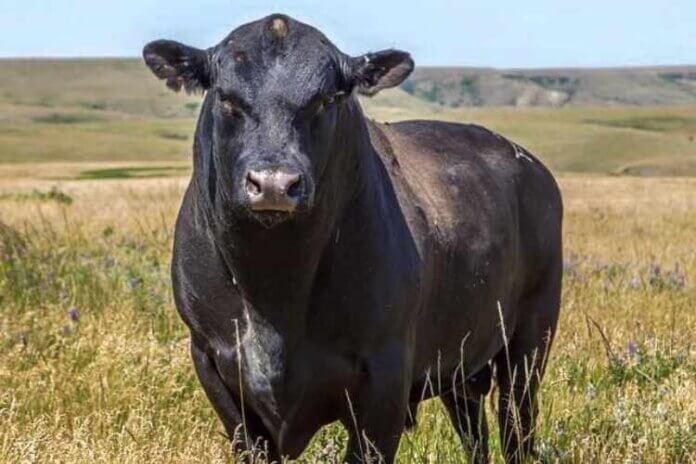
As one of the most essential aspects of the Montana economy, there is no shortage of discussions about the state’s agriculture. Of all the livestock that exist within state lines, cattle currently make up the most sizable portion. There are at least three heads of cattle for every citizen in the state as well.
It should go without saying that there is a wide range of people who search for ways to get their hands on Montana’s cattle. The time has come to take a closer look at these cattle ranchers and their livestock. Be sure to check out the following guide to stocking a cattle ranch in Montana.
How Much Does a Cattle Ranch Cost?
As with most real estate purchases, the answers will depend on certain specifics. Location always matters when it comes to real estate. There is a wide range of factors that contribute to the price of a cattle ranch outside the locale, though.
For starters, the buyer must consider the amount of acreage that is needed. The more acreage that is purchased, the higher the price. Is the ranch adjacent to public lands that belong to the National Forest, National Park or Bureau of Land Management? This adds tremendous value to the property. Are there nice views? Privacy issues? Deeded access? These are all questions that must be answered.
If the land has any additional conveniences nearby, this is also factored into the pricing. Airports, grocery stores and medical services are crucial. Water and mineral rights are also pivotal factors. “Water is a critical component to ranch operations, whether it provides value through agriculture or recreation. As a result, it is incredibly important to understand both the water rights that trade with ranch properties and other water rights that share a common source,” says Kelly Bennett of B3 Insights.
What’s the income production potential? Are there any sporting features? Are there strong conservation values? The answers to these questions also go a long way toward determining the value of the property in question. These are all important considerations for potential ranch owners in the state of Montana to address before they sign on the dotted line.
What Is a Cattle ranch Called?
While there are some who may believe that the terms ‘cattle ranch’ and ‘cattle farm’ are interchangeable, nothing is further from the truth. In fact, ‘cattle farm’ is the type of term that is usually used by someone who is not actually involved in farming. In other words, it is the sort of thing that one of those city slickers would say.
If cattle are being run onto an open range, it is called a cattle ranch. Farms differ greatly from ranches because crops are grown in these locations, whereas ranches fulfill an entirely different function. As long as the ranch that is being spoken of is an extensive, open-range operation, it will be referred to as a cattle ranch.
Cattle ranches are where lots of cows are bred to produce calves that can be sold later. There is also plentiful native grassland and a number of forests. More ranches are now controlling cattle and rotating their grazing cattle with the usage of fencing, though.
These not-so-free range locations have managed grazing principles so that the native range is easier to manage. A cattle ranch is referred to as such as long as it is centered around grazing livestock.
The 3 Best Ideas to Get Montana Cattle
As a state that ranks among the top six in the country for cattle population, it is easy to see why Montana cattle are so popular. Those who are looking to get their hands on some Montana cattle of their own can pay closer attention to the following tips and pointers:
Auction Purchases
Whether the buyer is looking to purchase their cattle directly from a ranch or farm or they have an order buyer on hand to take care of the transaction, auction purchases tend to be a great way to go. Auctions allow participants to see larger amounts of cattle up close and in person. They can choose specific lots for purchasing and this is one of the most cost-efficient methods possible.
Start Smaller
Many first-time or inexperienced buyers will make the mistake of starting off with larger purchases. This is not recommended, as it is easier to learn from and correct mistakes with smaller purchases. Let’s face it, the process of correcting an error is much easier with two or three cattle, as opposed to two or three dozen. That’s why time-consuming and expensive errors must be avoided entirely.
Private Sales
This is the other primary option that is going to be available to the buyer. Private sales are often preferable for those who are willing to develop more of an emotional attachment to their animals. There are farm dispersal auctions that are less focused on slaughter-ready animals, too, so less emotionally taxing auctions can be found in Montana. In many instances, the private sale is considered best, because the buyer has more time to look over each animal.











